The Definitive Guide: How to Wax Your Car Like a Pro

Are you looking to give your car that professional shine? Look no further! In this ultimate guide, we’ll show you how to wax your car like a pro. Whether you’re a beginner or an experienced car enthusiast, we have all the tips and tricks you need to achieve that showroom-worthy finish.
Using the right products and techniques is essential to getting a long-lasting, glossy result. We’ll walk you through the step-by-step process, from preparing your car’s surface to applying the wax and buffing it to a brilliant shine. You’ll learn about different types of waxes, how to choose the right one for your car, and the proper tools and equipment to use.
Not only will proper car waxing enhance the appearance of your vehicle, but it also provides a protective layer against harmful elements. From UV rays to acid rain, waxing acts as a shield, preserving your car’s paint and increasing its longevity.
So, whether you’re getting ready for a car show or simply want your car to look its best, our definitive guide on how to wax your car like a pro has got you covered. Get ready to take your car’s shine to the next level!
Importance of Waxing Your Car
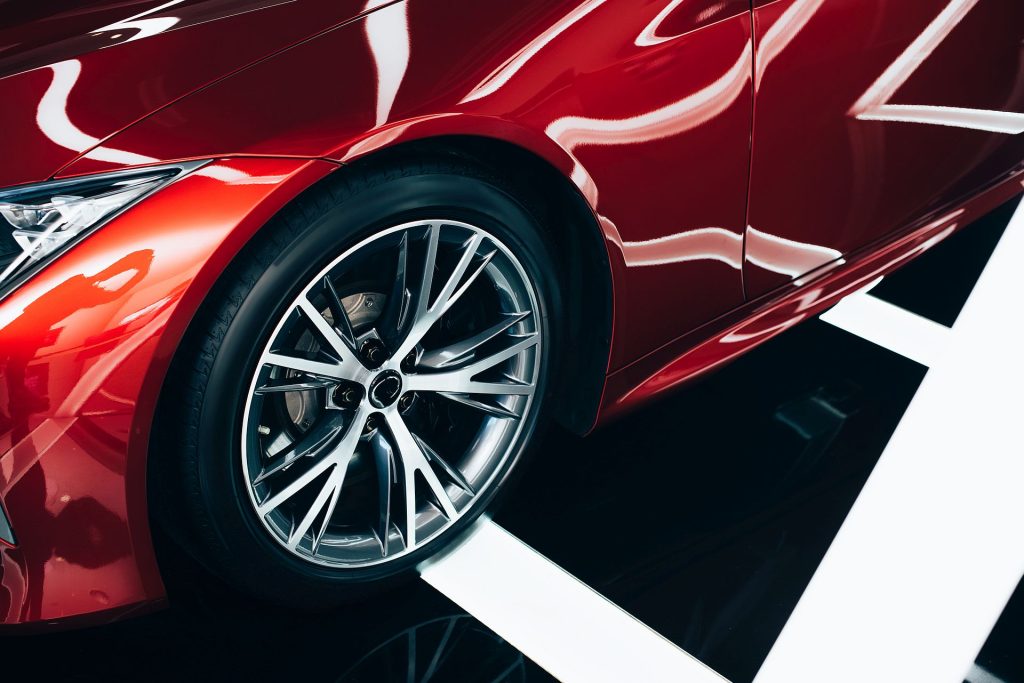
Waxing your car is not just a cosmetic enhancement; it plays a crucial role in maintaining the integrity of your vehicle’s exterior. The primary purpose of waxing is to create a protective barrier between your car’s paint and the damaging elements of the environment. This barrier helps shield the paint from UV rays, acid rain, bird droppings, tree sap, and other contaminants that can lead to fading, etching, or corrosion over time. By regularly applying wax, you can significantly extend the life of your vehicle’s paint job, ensuring it looks good for years to come.
Additionally, waxing contributes to the overall aesthetic appeal of your car. A well-waxed vehicle has a brilliant shine that can turn heads and make it stand out on the road. This shine not only enhances the car’s appearance but can also boost its resale value. Prospective buyers are often more attracted to cars that have been well-maintained and exhibit a glossy finish, reflecting the owner’s care and attention to detail.
Moreover, the process of waxing can be therapeutic for many car enthusiasts. The act of taking the time to clean, polish, and wax your car can provide a sense of satisfaction and accomplishment. It allows you to connect with your vehicle on a deeper level, ensuring that every inch is attended to with care. For those who take pride in their vehicles, waxing is an essential part of car ownership that fosters a sense of pride and joy every time you take your car out for a spin.
Benefits of Waxing Your Car Regularly
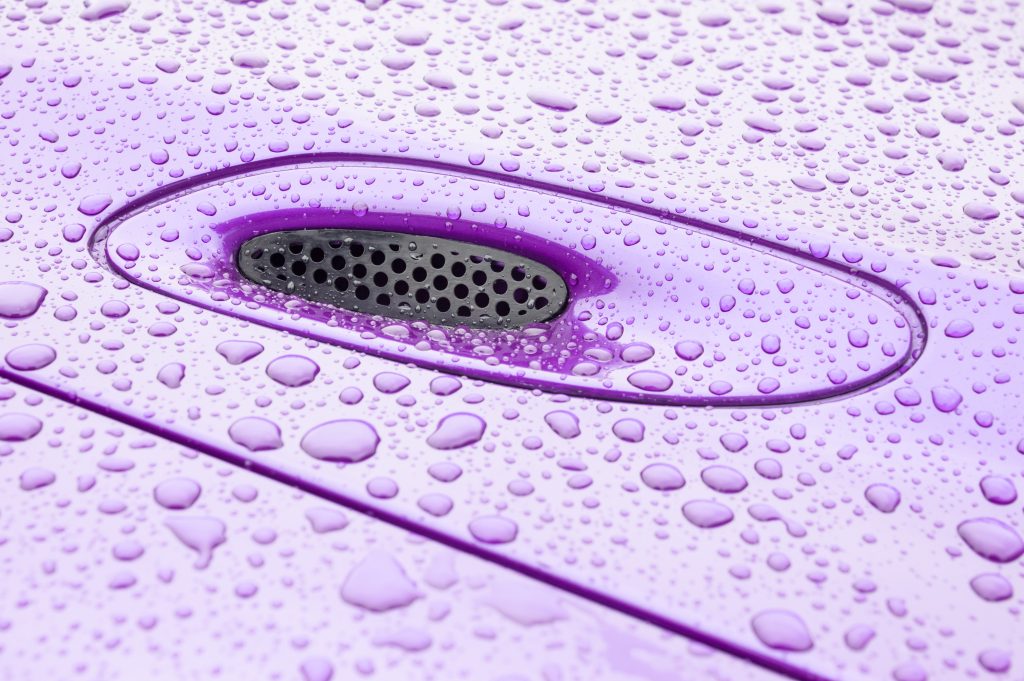
Waxing your car regularly offers numerous benefits that go beyond just a shiny exterior. One of the most significant advantages is the protection it provides against environmental pollutants. The automotive paint is susceptible to various elements, including dirt, grime, and harmful UV rays. When you wax your car, you create a barrier that repels these contaminants, making it easier to wash your car and keep it clean. A well-waxed surface allows dirt to slide off more easily, which can reduce the frequency of washes needed.
Another benefit of regular waxing is the enhancement of the car’s color and depth of shine. Over time, the paint can become dull and lose its luster due to exposure to the sun and other elements. A fresh layer of wax revitalizes the color, making it appear more vibrant and glossy. This enhanced appearance can be particularly beneficial if you have a darker-colored car, as it tends to show scratches and imperfections more clearly. Waxing can help mask minor blemishes and give your vehicle a more polished look.
Furthermore, regular waxing can save you money in the long run by minimizing the need for costly paint repairs. When paint is neglected, it can lead to oxidation, which causes it to fade and deteriorate. By maintaining a consistent waxing schedule, you can help preserve the paint’s integrity and reduce the chances of requiring a full repaint. This preventative measure not only protects your investment but also keeps your car looking its best for years to come.
Types of Car Wax
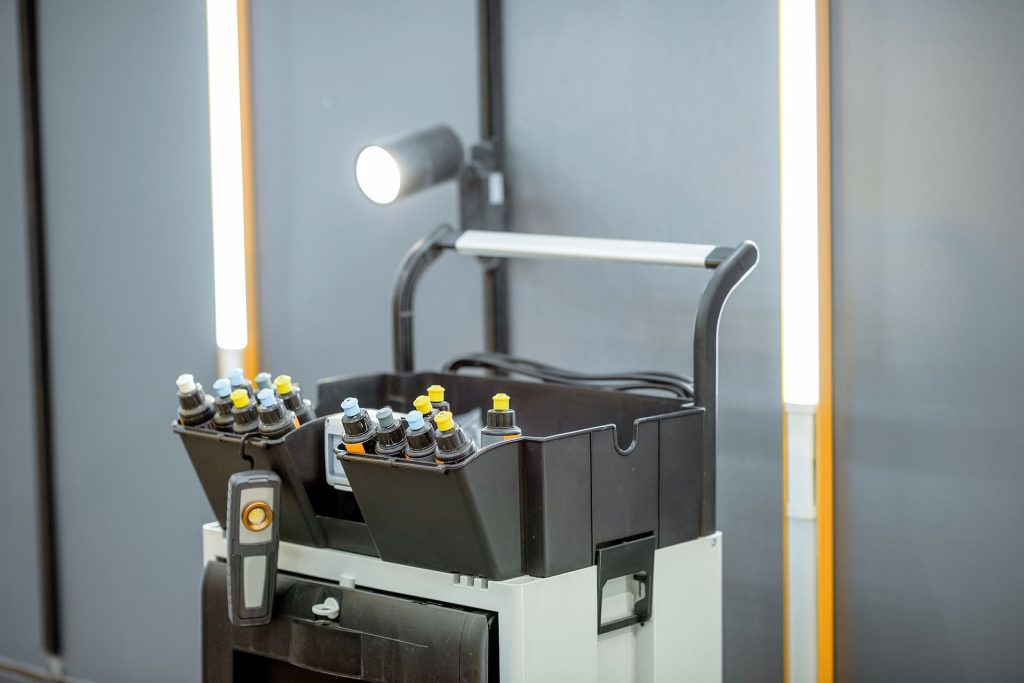
When it comes to waxing your car, understanding the different types of wax available is essential for achieving the best results. There are primarily three types of car wax: natural, synthetic, and spray wax. Natural waxes, such as carnauba wax, are derived from the leaves of the Brazilian carnauba palm. They are known for their excellent shine and depth of color, making them a popular choice among car enthusiasts. Carnauba wax provides a warm, rich glow but may require more frequent applications to maintain its protective qualities.
Synthetic waxes, on the other hand, are formulated with man-made compounds designed to offer superior durability and protection. They bond more effectively with the paint surface, providing a longer-lasting barrier against environmental hazards. While synthetic waxes may not achieve the same level of warmth in shine as natural waxes, they often outperform in longevity and ease of application. This makes them ideal for those looking for a low-maintenance solution that still delivers impressive results.
Spray wax is another option that has gained popularity due to its convenience and ease of use. It is typically used as a quick touch-up between full wax applications. Spray waxes are easy to apply and can be used on wet or dry surfaces, making them a great option for maintaining your car’s shine on-the-go. However, while they provide a temporary shine and some protection, they do not offer the same level of durability as paste or liquid waxes. Choosing the right type of wax depends on your specific needs and preferences, as well as the climate and environmental conditions in which you drive.
Tools and Materials Needed for Waxing Your Car
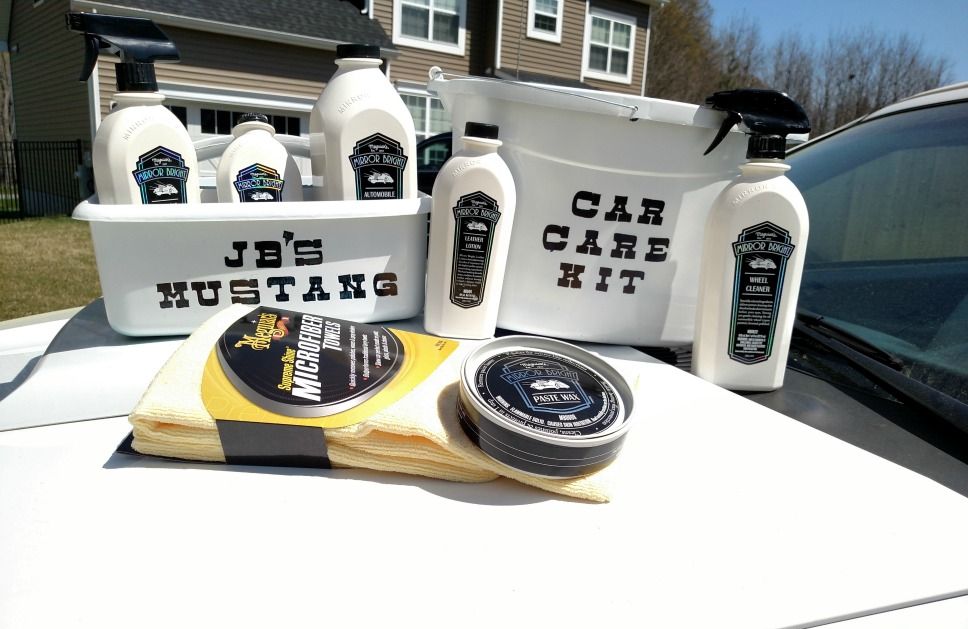
To achieve a professional-level wax finish, having the right tools and materials is essential. First and foremost, you will need a high-quality car wax that suits your vehicle’s needs. Whether you choose a natural or synthetic wax, ensure that it is compatible with your car’s paint type. In addition to wax, you’ll need a few applicators. Foam applicator pads are ideal for applying wax evenly, while microfiber towels are perfect for buffing and removing excess wax without scratching the surface.
A good car wash soap is also crucial for pre-cleaning your vehicle before waxing. Using a dedicated car wash soap rather than household cleaners ensures that you do not strip off any existing wax or damage the paint. Along with soap, you will need a bucket for washing and rinsing, as well as a hose or pressure washer for effective rinsing. A clay bar may also be beneficial to remove bonded contaminants from the paint surface prior to waxing, ensuring a smoother application.
Lastly, consider investing in a detailing brush for cleaning hard-to-reach areas, such as around trim and in wheel wells. A quality microfiber drying towel will help you dry your car without leaving lint or scratches. While not absolutely necessary, an orbital polisher can make the waxing process quicker and provide a more uniform application, particularly for those who prefer a more efficient method. Gathering these tools and materials will prepare you for a successful waxing session that yields professional results.
Step-by-Step Guide to Waxing Your Car
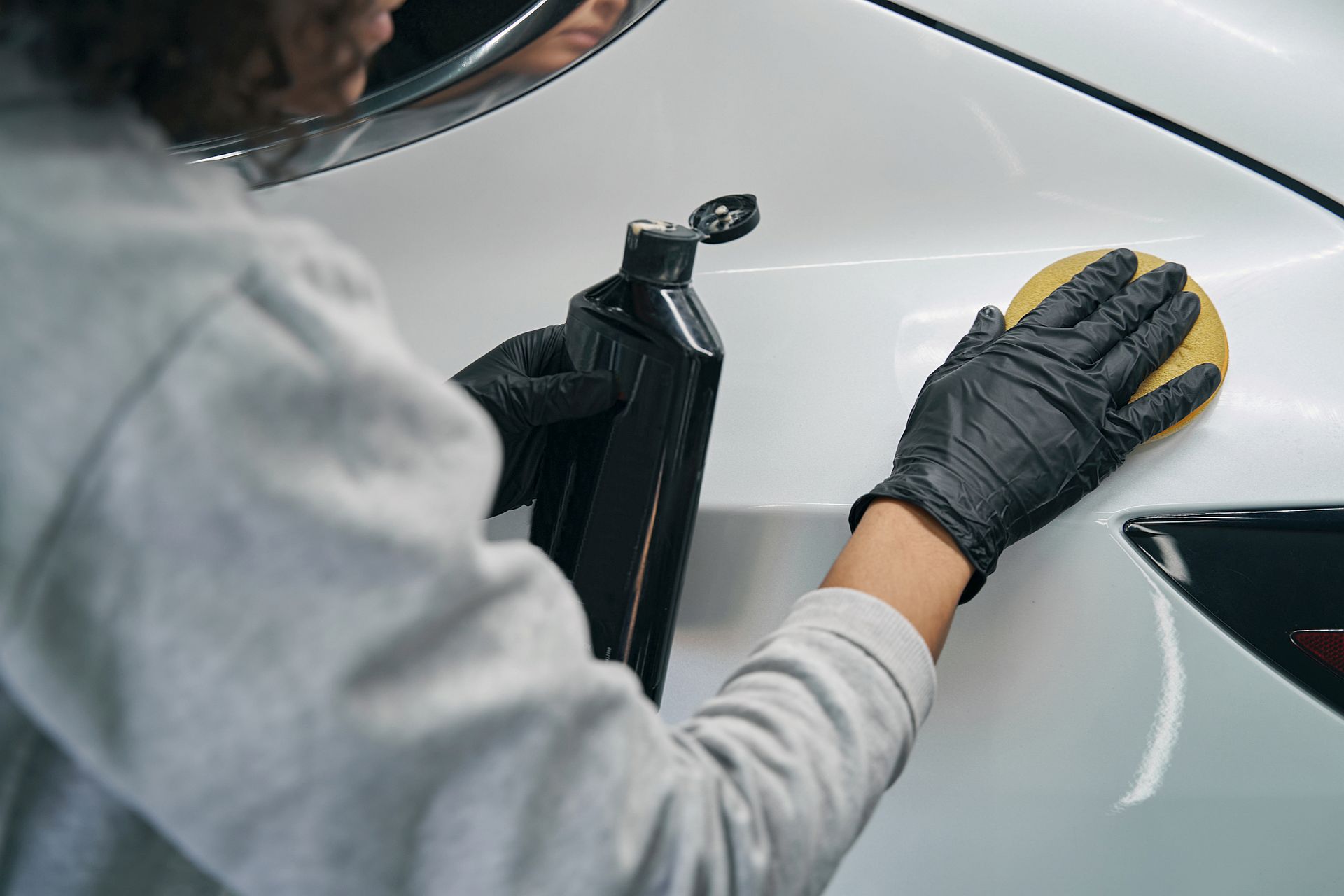
Embarking on the process of waxing your car can seem daunting, but with the right approach, it can be straightforward and enjoyable. Start by washing your car thoroughly using a dedicated car wash soap. Ensure that all dirt, grime, and old wax residue are removed. Rinse your vehicle well and dry it completely with a microfiber towel to avoid water spots. If your paint is rough or has contaminants, consider using a clay bar treatment before you begin waxing to achieve a smooth surface.
Once your car is clean and dry, gather your wax and applicator pads. Apply a small amount of wax to the applicator pad, spreading it evenly across a small section of your car. Work in a circular motion, applying a thin layer of wax to the surface. It’s essential to cover only a small area at a time, as this allows you to ensure even application and prevents the wax from drying too quickly. Continue this process until you have waxed the entire vehicle, taking care to follow the manufacturer’s instructions regarding drying time.
After allowing the wax to cure as directed, usually drying to a haze, use a clean microfiber towel to buff the surface. Gently wipe in a circular motion to remove any excess wax and reveal the brilliant shine underneath. It’s important to check for any missed spots and ensure that the entire surface has been evenly buffed. If you encounter any areas with leftover wax buildup, use a fresh towel to carefully remove it. Completing this step will leave your car with a stunning finish that will turn heads on the road.
Common Mistakes to Avoid When Waxing Your Car
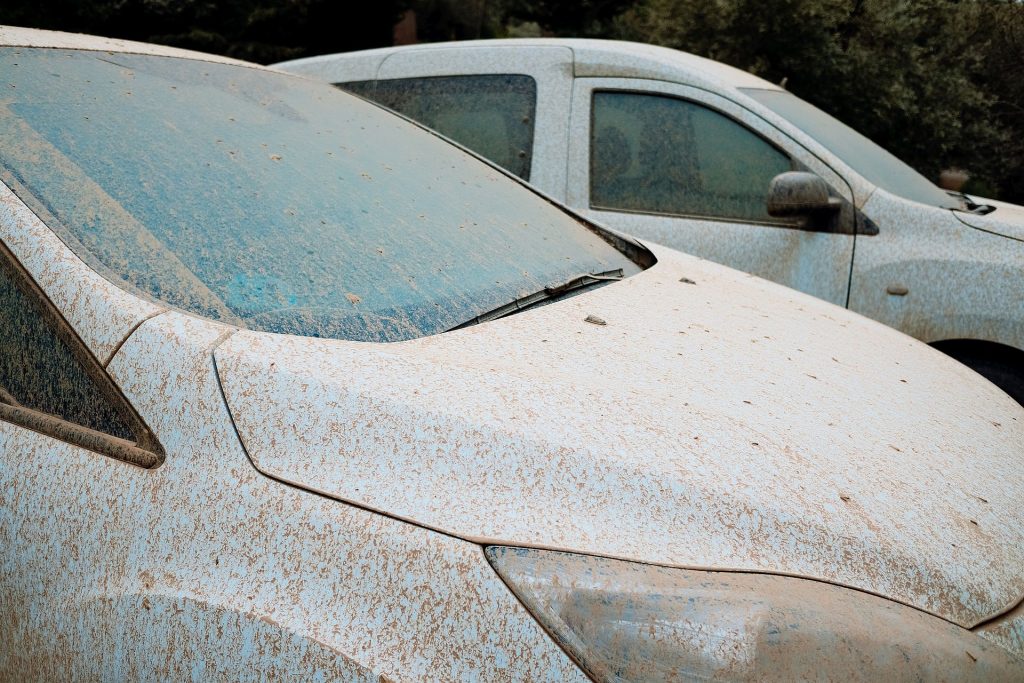
While waxing your car can seem straightforward, there are several common mistakes that can compromise the quality of your finish. One of the most frequent errors is applying wax to a dirty or improperly prepped surface. Failing to wash and dry the car thoroughly can lead to scratches and swirl marks, as dirt particles can be trapped under the wax. Always take the time to clean your vehicle meticulously before applying any wax.
Another mistake is applying too much wax at once. Many people believe that a thicker layer will provide better protection, but this is not the case. In fact, applying too much wax can lead to a dull finish and make the buffing process more difficult. Instead, aim for a thin, even layer that can cure properly and be buffed out easily. Following the manufacturer’s instructions on application thickness is essential for achieving the best results.
Lastly, neglecting to wax in the correct environmental conditions can lead to subpar results. Avoid waxing your car in direct sunlight or high temperatures, as this can cause the wax to dry too quickly, making it difficult to buff out. Instead, choose a shaded area with moderate temperatures for optimal application. By steering clear of these common pitfalls, you can ensure a flawless wax job that enhances your vehicle’s appearance and protection.
Tips and Tricks for Achieving a Professional Finish
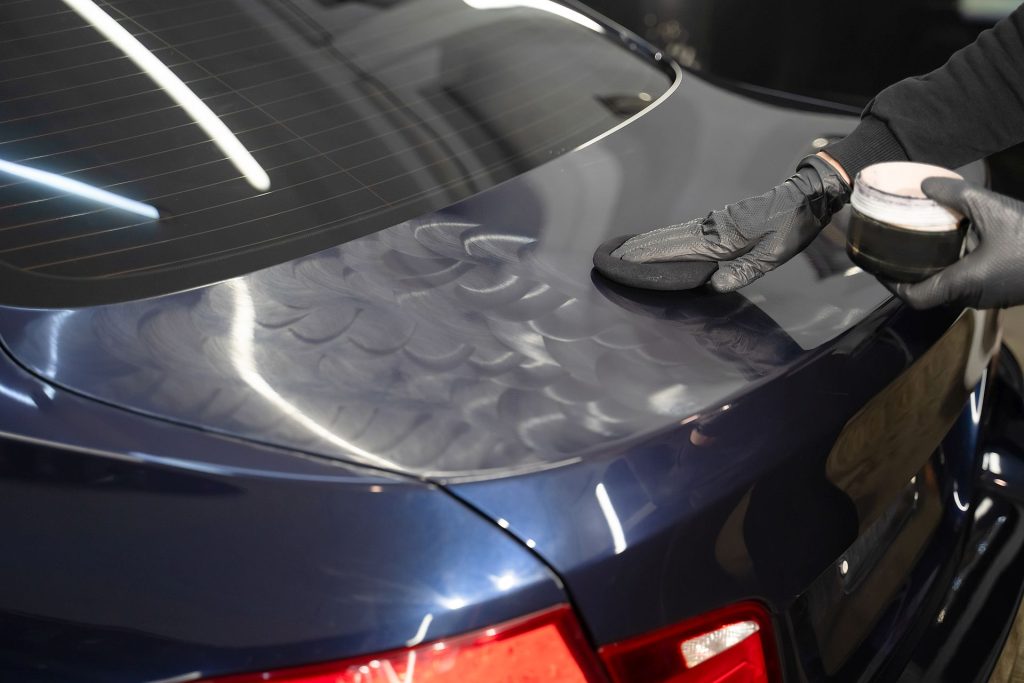
Achieving a professional-quality wax finish requires attention to detail and a few insider tips. First, consider working in smaller sections when applying wax. This allows you to focus on each area, ensuring even coverage and preventing the wax from drying out before you have a chance to buff it. As you work, keep an eye on the temperature and humidity levels; if it’s too hot or humid, take breaks to prevent the wax from curing too quickly.
Investing in high-quality tools can also make a significant difference in the final result. Using plush microfiber towels and quality applicators will minimize the risk of scratches and ensure that the wax is applied evenly. If you’re using an orbital polisher, practice on a less visible area first to get a feel for the tool and avoid any mishaps.
Lastly, don’t forget to give attention to the details. After waxing the main body of the vehicle, remember to wax the headlight and taillight lenses, as well as the trim and plastic elements. This not only enhances the overall appearance but also protects these areas from UV damage. By incorporating these tips and tricks into your waxing routine, you can elevate your car’s shine to a professional level that will impress everyone on the road.
How Often Should You Wax Your Car?

Determining how often to wax your car depends on several factors, including your driving conditions, climate, and the type of wax used. As a general guideline, most experts recommend waxing your vehicle every three to six months. However, if your car is frequently exposed to harsh weather conditions, such as extreme sunlight, rain, or snow, you may want to increase the frequency to every two to three months.
For those who drive in more temperate climates with less exposure to environmental stressors, a wax application every six months may suffice. Additionally, if you use a high-quality synthetic wax, you may find that it lasts longer, allowing for extended intervals between applications. It’s also a good idea to assess the condition of your wax after washing your vehicle. If you notice that the water no longer beads up on the surface or the shine has diminished, it’s time for a fresh coat.
Ultimately, the best approach is to establish a waxing schedule that fits your lifestyle and environmental conditions. Keeping a record of your waxing dates can help you stay on track and ensure that your vehicle receives the care it needs to maintain its shine and protection. Regularly inspecting your car’s paint and adapting your waxing routine accordingly will keep your vehicle looking pristine year-round.
Other Car Maintenance Tips for Maintaining a Shiny Finish
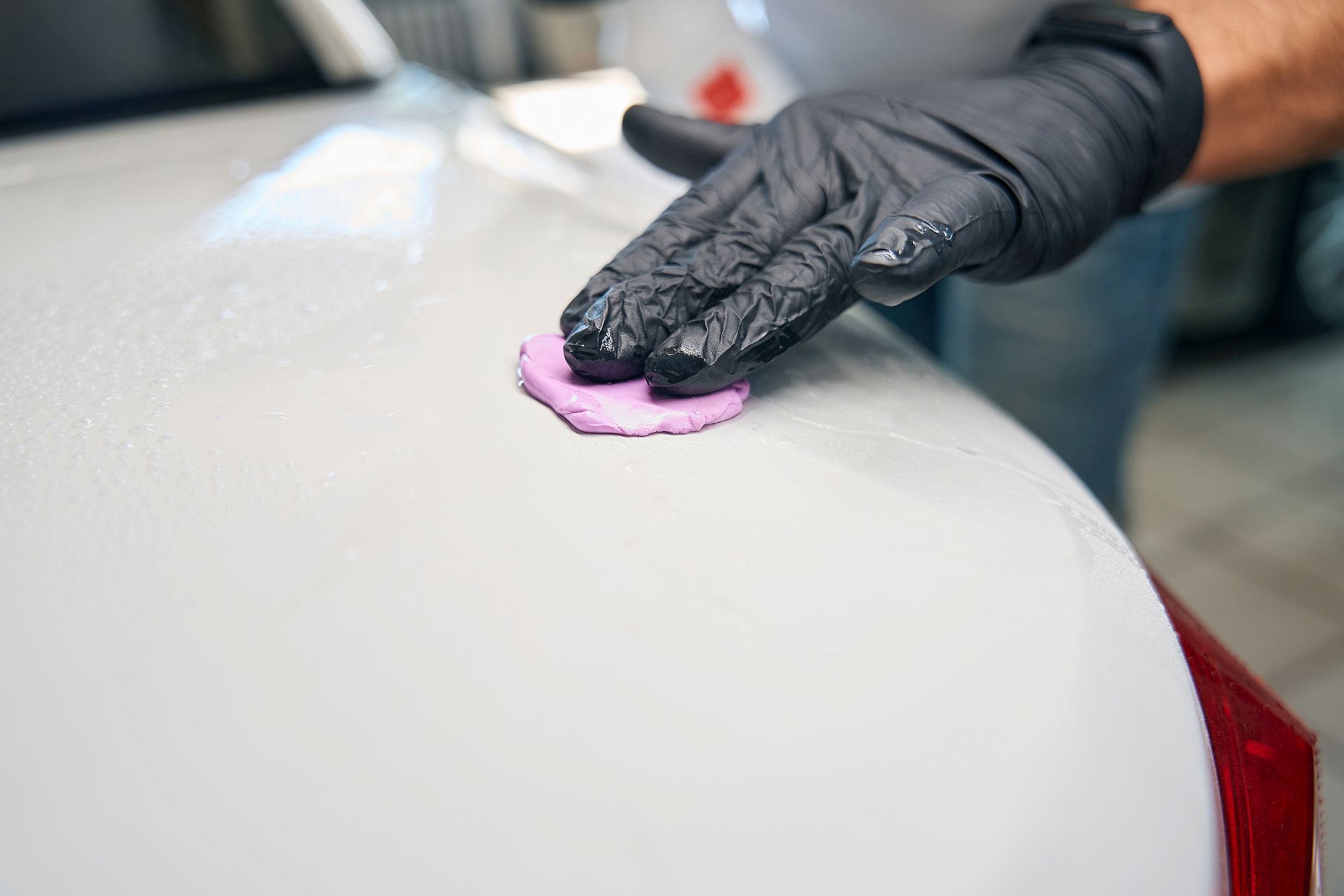
In addition to regular waxing, there are several other car maintenance tips that can help maintain a shiny finish. One of the most critical aspects is regular washing. Keeping your car clean is essential to prevent dirt and grime from accumulating and potentially damaging the paint. Aim to wash your vehicle every two weeks, or more frequently if you live in an area with heavy pollen or dust. Using a high-quality car wash soap will help preserve any existing wax and keep your paint looking fresh.
Another important tip is to use a clay bar treatment periodically. This process removes embedded contaminants that regular washing may miss, such as tree sap, industrial fallout, and brake dust. By using a clay bar before waxing, you ensure a smoother surface, allowing the wax to bond better and provide enhanced protection. Perform this treatment every six months or as needed, depending on your car’s exposure to environmental pollutants.
Finally, consider using a sealant in conjunction with wax for added protection. While wax provides a beautiful finish, a sealant can extend the longevity of that shine. Applying a paint sealant after waxing will help lock in the shine and provide additional resistance to UV rays and contaminants. By incorporating these maintenance tips into your routine, you can enjoy a consistently shiny and well-protected vehicle that turns heads wherever you go.
Conclusion
Waxing your car is an essential part of vehicle maintenance that not only enhances its appearance but also protects the paint from various environmental hazards. By understanding the importance of waxing, the benefits of regular application, and the different types of wax available, you can make informed decisions that lead to the best results. With the right tools and materials, along with a step-by-step approach, achieving a professional finish is well within your reach.
Avoiding common mistakes and implementing tips and tricks can further elevate your waxing game, ensuring that your car maintains a stunning shine for years to come. Remember that the frequency of waxing may vary based on your driving conditions and climate, so be sure to adapt your routine accordingly. By following these guidelines and integrating other car maintenance tips, you can keep your vehicle looking its best and enjoy the pride that comes with owning a beautifully maintained car.
